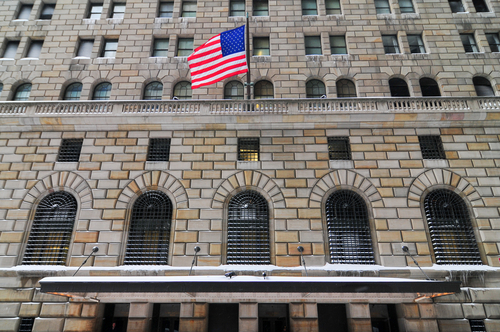The Federal Reserve Bank of New York’s New York Innovation Center (NYIC) and its partners are exploring the feasibility of an interoperable network for wholesale payments operating on a shared multi-entity distributed ledger.

The NYIC, working with private sector organizations in the financial services industry, published the findings of a proof of concept (PoC) that experimented with the concept of a regulated liability network (RLN). This is a theoretical payment infrastructure designed to support the exchange and settlement of regulated digital assets.
While existing payment systems function effectively, there are challenges around speed, cost, accessibility, and the settlement process. This proof of concept explored the feasibility of distributed ledger technology in support of safe and efficient payments.
The study analyzed the technical feasibility, business applicability, and legal viability of using shared ledger technology to settle the liabilities of regulated financial institutions through the transfer of central bank money.
The PoC experimented with both Domestic Interbank Payments and Cross-Border Payments in USD. The experiment successfully simulated both the domestic and cross-border scenarios, identifying shared ledger technology as a potential solution to support payment innovation.
“From a central banking perspective, the proof of concept was conducive to exploring tokenized regulated deposits and understanding the potential functional benefits of central bank and commercial bank digital money operating together on a shared ledger,” Per von Zelowitz, director of the New York Innovation Center, said.
Among the key findings, the technical workstream validated that the proposed architecture was able to deliver the benefits of settlement finality, a common source of truth, standard transaction data, and privacy for all participants on the network. Also, the business workstream concluded that the network has the potential to deliver improvements in the processing of wholesale payments due to its ability to synchronize U.S. dollar-denominated payments and facilitate settlement on a near-real time, 24 hours a day, 7 days a week basis.
In addition, the legal workstream considered the application of certain U.S. rules and regulations to the RLN system as contemplated in the PoC. It found that the use of shared ledger technology, including tokens, to record and update the ownership of central bank and commercial bank deposits should not alter the legal treatment of such deposits.
The proof-of-concept is not intended to advance any specific policy outcomes, nor is it intended to signal that the Federal Reserve will make any imminent decisions about the appropriateness of issuing a central bank digital currency.